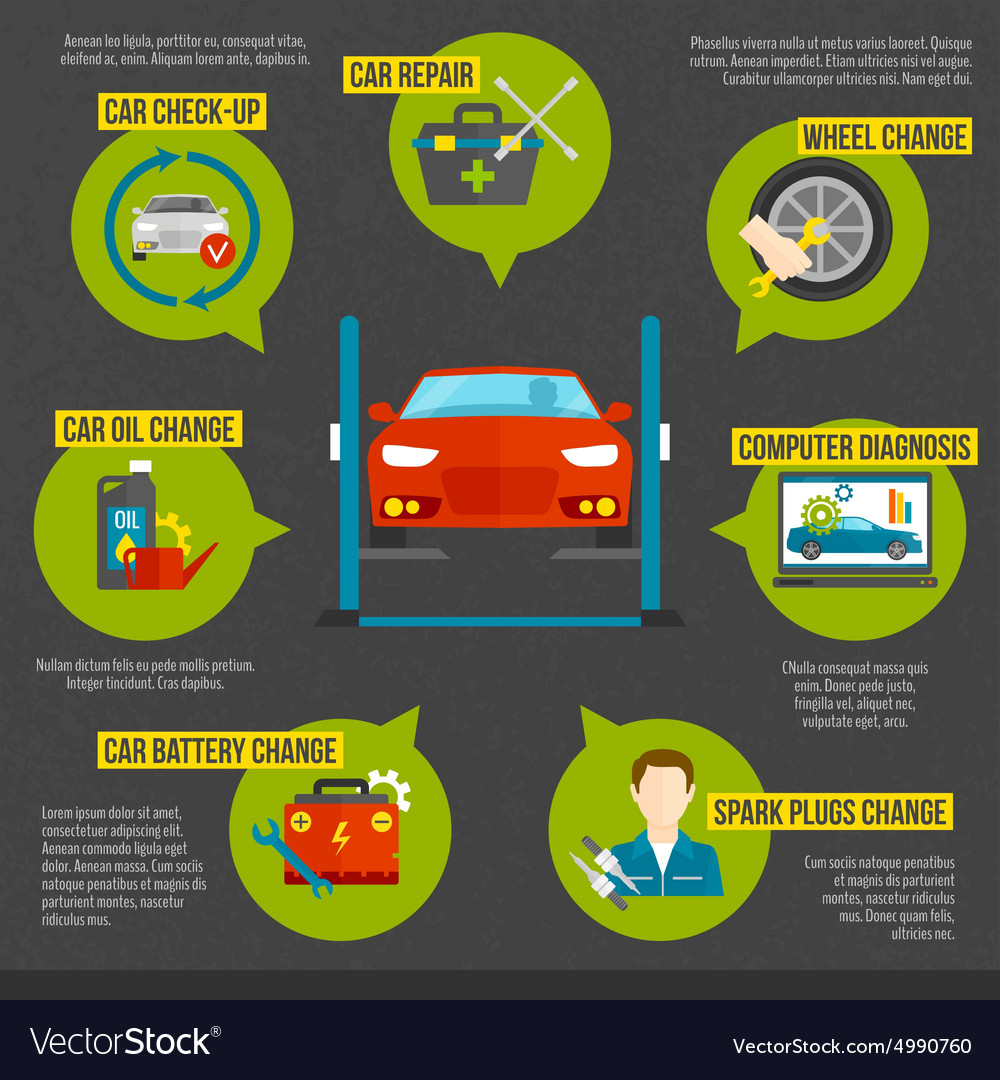Comprehending The Definition Behind Your Car'S Caution Lights: An In-Depth Look
Comprehending The Definition Behind Your Car'S Caution Lights: An In-Depth Look
Blog Article
Article Writer-Termansen Kejser
When you lag the wheel, those glowing caution lights on your control panel can be a little bit complicated. Do you recognize what they're attempting to tell you regarding your cars and truck's health and wellness? Recognizing the value of these lights is essential for your security and the long life of your automobile. So, the following time one of those lights appears, would not you want to analyze its message accurately and take the necessary steps to resolve it?
Common Warning Lighting and Interpretations
Determine usual caution lights in your automobile and comprehend their significances to make sure safe driving.
One of the most common caution lights include the check engine light, which signals problems with the engine or emissions system. If helpful resources begins, it's vital to have your car inspected immediately.
The oil stress cautioning light shows reduced oil stress, needing immediate attention to prevent engine damage.
A blinking battery light may suggest a faulty billing system, possibly leaving you stranded otherwise attended to.
The tire stress tracking system (TPMS) light informs you to reduced tire stress, affecting lorry security and fuel performance. Neglecting this could bring about hazardous driving conditions.
The ABS light indicates a trouble with the anti-lock stopping system, jeopardizing your ability to stop rapidly in emergency situations.
Last but not least, the coolant temperature warning light warns of engine getting too hot, which can result in extreme damages otherwise settled promptly.
Recognizing these typical warning lights will certainly assist you address concerns immediately and keep safe driving conditions.
Significance of Prompt Focus
Recognizing the common caution lights in your car is only the first step; the value of promptly addressing these warnings can not be stressed enough to guarantee your security when traveling.
When a warning light brightens on your control panel, it's your cars and truck's method of connecting a possible issue that needs focus. Neglecting https://jeffreyuojdx.eedblog.com/30021562/a-step-by-step-refine-for-cleaning-and-protecting-your-car-s-interior can lead to much more serious troubles later on, jeopardizing your security and possibly costing you more in repairs.
Prompt interest to advising lights can stop malfunctions and crashes. As an example, a flashing check engine light can indicate a misfire that, if left unattended, could create damages to the catalytic converter. Addressing this without delay can conserve you from a pricey repair.
In a similar way, a brake system advising light might signify low brake liquid or used brake pads, important components for your security when driving.
DIY Troubleshooting Tips
If you notice a caution light on your dashboard, there are a few DIY fixing pointers you can try before looking for specialist assistance.
The initial step is to consult your auto's handbook to comprehend what the details warning light suggests. In some cases the concern can be as easy as a loose gas cap activating the check engine light. Tightening up the gas cap may deal with the problem.
One more usual problem is a reduced battery, which can trigger numerous advising lights. Checking the battery connections for rust and guaranteeing they're protected may repair the issue.
If a caution light persists, you can attempt resetting it by separating the auto's battery for a few mins and then reconnecting it. Additionally, checking your automobile's fluid levels, such as oil, coolant, and brake liquid, can help repair cautioning lights connected to these systems.
Conclusion
Finally, recognizing your cars and truck's caution lights is crucial for keeping your vehicle running efficiently and safely. By without delay attending to these signals and understanding what they suggest, you can prevent pricey fixings and potential malfunctions.
Keep in mind to consult your car's manual for certain details on each alerting light and act accordingly to ensure a trouble-free driving experience.
Stay notified, stay risk-free on the road!
